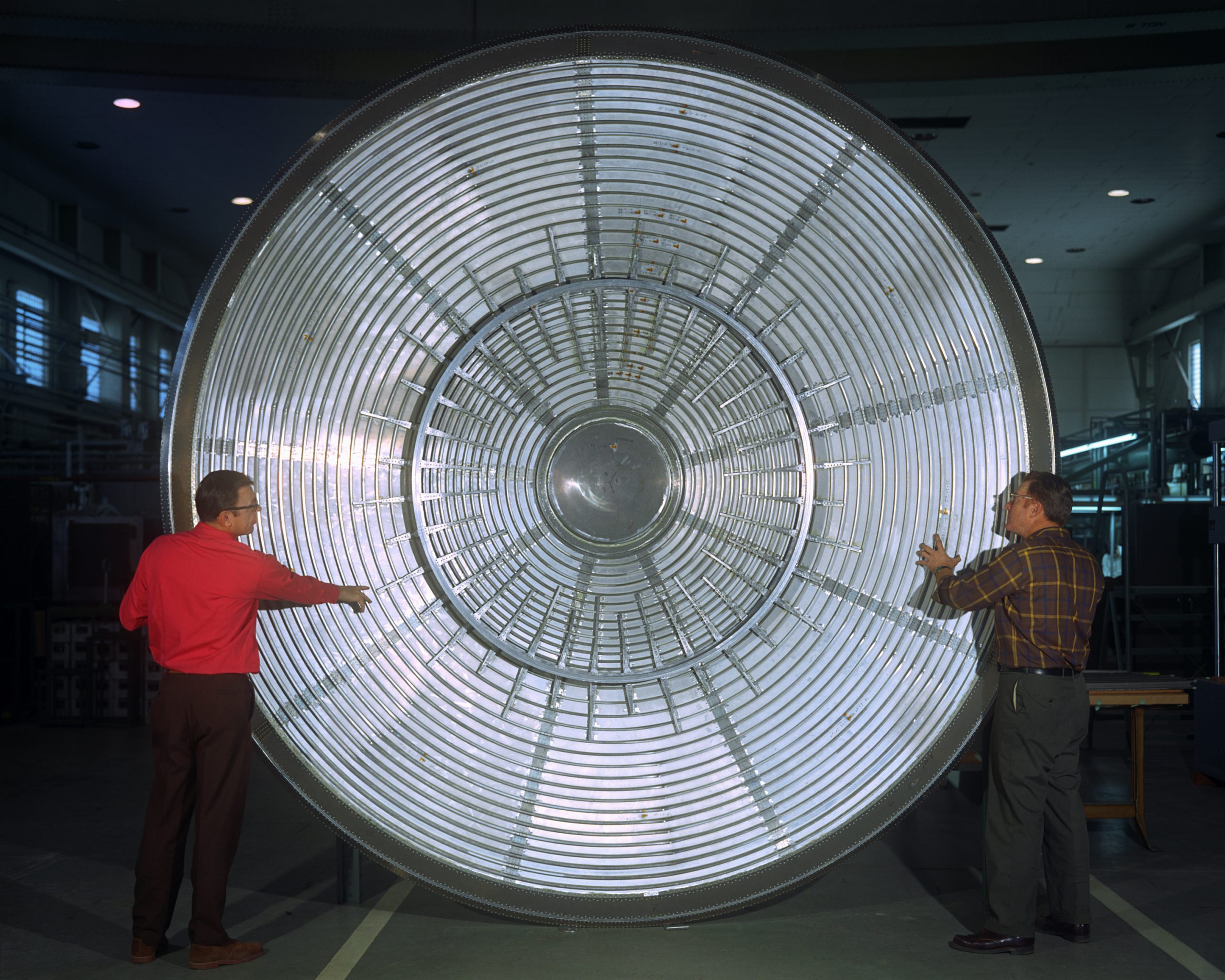The Aerospace building was the background for the yearly Design Synthesis presentation last Thursday. Eighteen teams with ten bachelor students presented their sometimes daring projects to an international jury and their proud parents.
The most catchy project of this year’s batch was undoubtedly the ‘wingsuit’: a jump suit that can be worn during skydiving and base jumping (from a cliff).Unbelievable but highly entertaining wingsuit flights are shown on Youtube. Those familiar with Jeb Corliss’ work will not be surprised that ‘wingsuiting’ has high fatality rates. The students’ mission was to design a second generation wingsuit that would be safer but just as much fun. It turned out no one had ever done a scientific approach on this; it was all trial and (fatal) error. The project started with the analysis of the airflow around an existing wingsuit in the Open Jet Facility windtunnel. Based on practitioners’ wishes, the students made the foot inserts anti-slip; provided air ducts to inflate the wings; improved the parachute release; strengthened shoulder reinforcements and extended the suit with a passive tail flap to delay stalling. The next step is to have a wingsuiter test the improved suit during a skydive. Volunteers anyone?


Floating
For the less adventurous, there are safer ways to take to the skies. Flying a private plane is prohibitively expensive for most of us and passing the pilot’s license isn’t for everyone either. Paraplanes, or powered parachutes, could offer a solution, say the students who developed the Parashuttle 2: an improved paraplane that ought to sell at 33.000 euros only. It is a closed-cockpit amphibious paraplane that should be able to cover 220 kilometres in 4,5 hours. Like all paraplanes it’s easy to fly due to the inherent stability of a structure pending from a parachute. The parashuttle however promises a more comfortable ride and if you can’t find a flat strip of land, you simply land it on water.


Men to Mars
A number of projects were aimed at the Mars exploration and colonization. One group designed a controllable and inflatable aeroshell to land a 10-tonne manned spacecraft on Mars. Aeroshells are large rigid shields that protect a planetary lander and the parachutes from the heat at the entry through a planet’s atmosphere. NASA tested the first aeroshells four metre in diametre for the Voyager Mars landing programme in 1966. The students designed an inflatable and steerable version that uses feedback on its position to follow an predesigned reference trajectory through the Martian atmosphere. “The design may need future iterations”, they conclude, “but basically manned space flight to Mars is possible and we have shown you how.”
Eighteen projects were presented to a general audience and an international expert jury as the finalization of the yearly Design/Synthesis Exercise at the Aerospace Engineering Faculty. Teams of ten students worked for ten weeks at subjects of their own choice. Topics were spread across aircraft design (7), space missions (5) and applied aerodynamics (6). Master student Emel Conkaya, who did DSE three years ago, says it’s a very practical exercise including project management, client contacts, cost control and international collaboration. For the participating students it was the last part of their bachelor degree.
A jury’s resume of all the DSE 2013 projects can be found here.



Comments are closed.